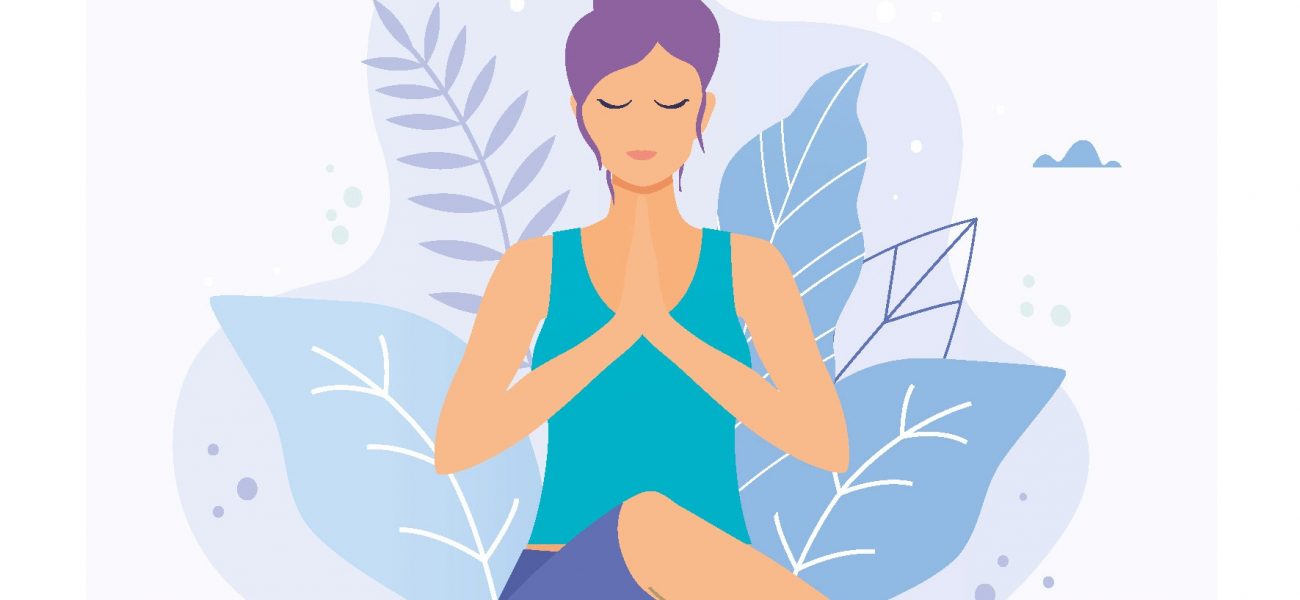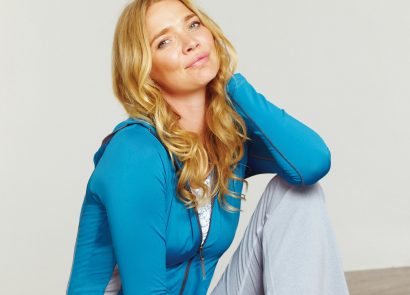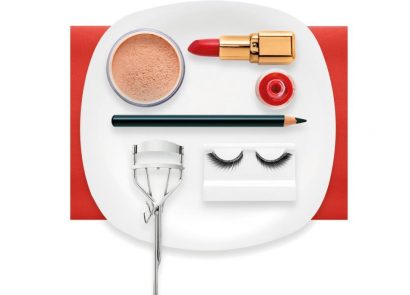Whether you’re after a healthy mind, bank balance or relationships, we’ve got all your wellbeing needs covered this month
Meditation made easy
It’s all very well sitting down to clear your mind of the daily clutter, but in reality, embracing stillness can be just another thing to add to your to-do list. We asked the experts how creating calm can be made simpler – here’s what they said…
Mindfulness and meditation were the biggest wellness buzzwords of 2019, with many of us trying to incorporate some quiet contemplation into our day. But with our modern lives busier and more stressful than ever, how can we ensure that we ringfence time for this useful practise and reap the calming benefits for the year ahead? We asked some of our favourite meditation masters to guide the way…
“In order to maintain a healthy mind, meditation should be as commonplace as healthy eating,” say the experts at the leading meditation app Headspace. “Studies have shown it to reduce stress, improve focus and increase happiness. A published study has shown that 10 days of Headspace resulted in a 16 percent increase in happiness, yet meditation and mental health practices are the first thing to slip from our schedules.”
Daria Kantor, CEO and Founder of trubeapp.com, a network of fitness and wellbeing specialists, has this advice for shoehorning time into your day: “Set aside five to 10 minutes to start the day by taking a series of slow deep breaths to help connect you with your body and focus your mind.” And if mornings don’t work for you? “Try taking time for brief meditation before mealtimes: it not only ensures you have a much-needed break in the day, but can also improve digestion, by making you more mindful of your meal.”
For others, the end of the day works best: “Adding meditation to your bedtime routine is where people often find most benefit, particularly for those struggling to unwind. Try vocalising or writing down whatever is preoccupying your mind – professional stress or relationship or personal worries. Having acknowledged them, imagine placing those worries under lock and key, ready to be addressed during your waking hours.”
Indian Yoga and meditation master, Sri Swami Purohit (swamipurohit.com/en) will be running meditation workshops at the Mindful Living Show, and says meditation can be as simple as breathing. “Meditation is an enabler to regulate breathing and really connect within. Every cell of your being is filled with more prana (energy) through breath. This results in joy and enthusiasm as prana increases.” Try these short alternate nostril breathing exercises or nadishodhanama pranayama to start to see results:
“Sit in a comfortable position, spine straight and head upright. Close your eyes and take a few deep breaths. Place your right thumb on your right nostril, gently and breathe in through the left. Now close the left nostril and breathe in through the right. Move your thumb to unblock the right nostril and exhale through it. Next, inhale through the right nostril, close it with your thumb and exhale through your left nostril. Do a total of five sets to induce tranquillity and improve concentration.”
For many of us, concentration is a real stumbling block when it comes to mindfulness and meditation. Beth Carboni (bethcarboni. com) specialises in teaching women meditation and agrees there is too much pressure on us to find that elusive ‘stillness’. She says, “I feel there is a misperception around meditation, especially for hypersensitive people with busy minds.
Many practises are very masculine; for me, meditation is less about reaching stillness, and more about connecting to your inner guru, truth and feminine wisdom.” To achieve this inner connection, Beth suggests sitting with the noise, rather than trying to quell it. “Find a safe place to better understand what is going on emotionally and receive wisdom about how to move forward. Give yourself attention, love and space and things will naturally start to release. It can initially feel counterintuitive because we are so conditioned to constantly distract ourselves and numb what is going on instead of accessing our amazing intuition to help us move forward.”
Indeed, meditation needn’t be a rigid, serious exercise in serenity. Neil Seligman, author of 100 Mindful Meditations says of his own practice: “In my morning meditation, I am sometimes joined by my large labrador, Ty. I close my eyes, he nuzzles my ears. I centre myself, he licks my face. I focus on my breath, he rams a toy in my hand. I ignore him, he sits on my lap. In those moments, I try to be present with him and it becomes something of a meditation itself. Mindfulness exists amongst the realities of daily life. The only perfect moment to practice is now.”
Another tip Neil suggests is to indulge in a spot of retail therapy: yes, really! “Go shopping! You don’t need to spend a lot of money but investing in a meditation cushion and pad will make all the difference when it comes to finding your way back each day. Mine is bright yellow, my favourite colour, and I look forward to sitting on it each morning.”
Finally, know that it is OK to keep your practice varied. There is no one-size-fits-all solution to mindful meditation, and you may prefer some methods over others. Neil says, “I like to keep my mindfulness practice varied by choosing a different focus each day. One day I will use an open-monitoring practice to simply notice what is arising within me. Another day, I will take a single focus such as the flame of a candle; when my attention wanders I notice and bring my focus back. Sometimes I think about a person I love and take time to absorb the feelings of support and compassion that arise as I visualise them with me. Alternatively, buy a beautiful notepad with a cover that inspires you and with blank pages to challenge you to be creative; if you feel the urge to draw something, absolutely do so. Different mindfulness practices develop different skills.”
… And, breathe.



















